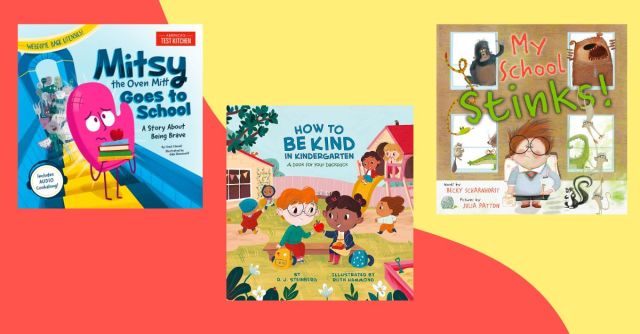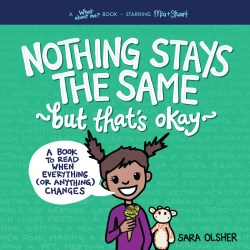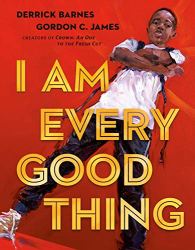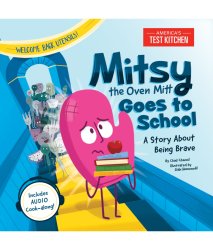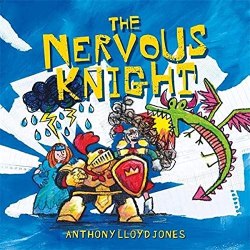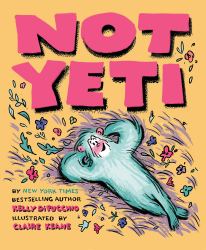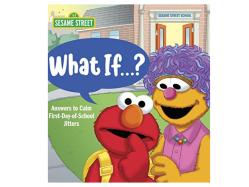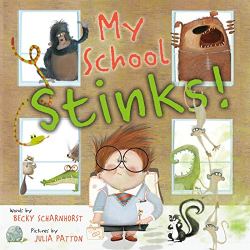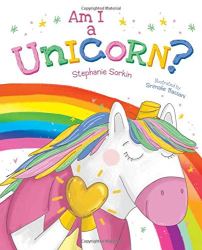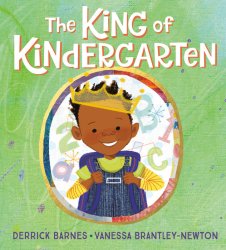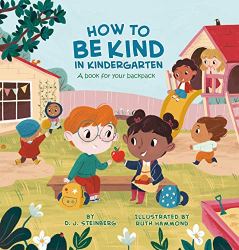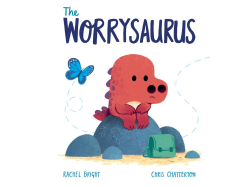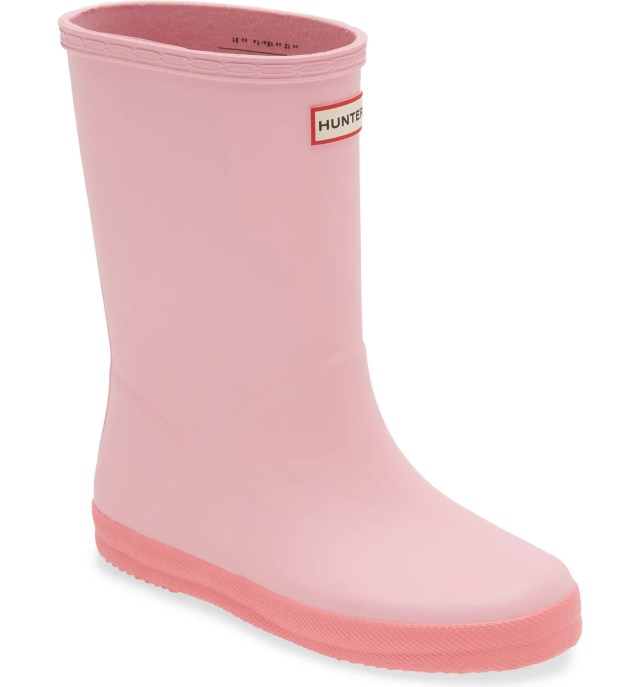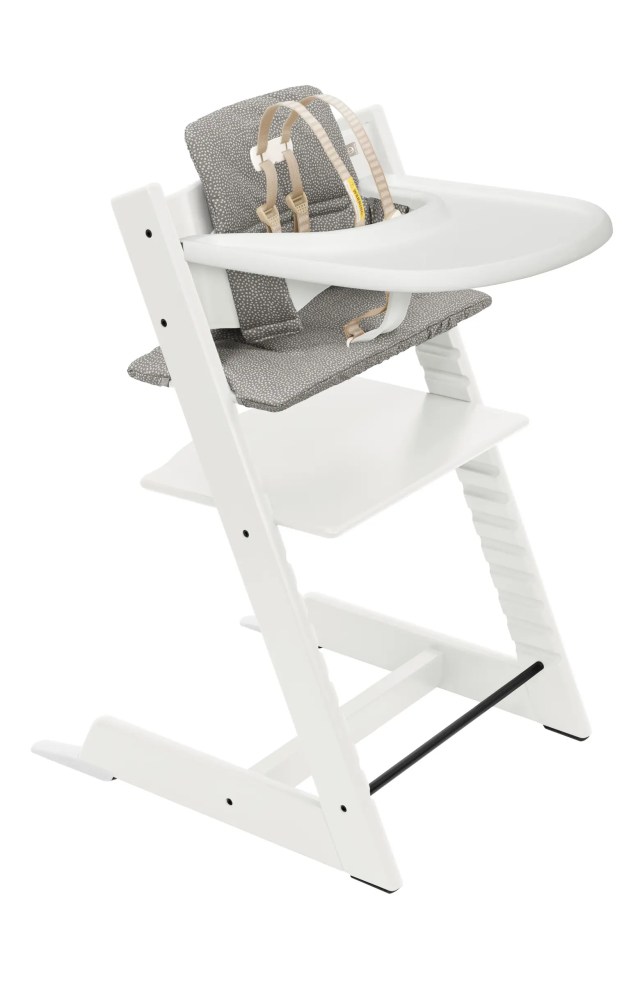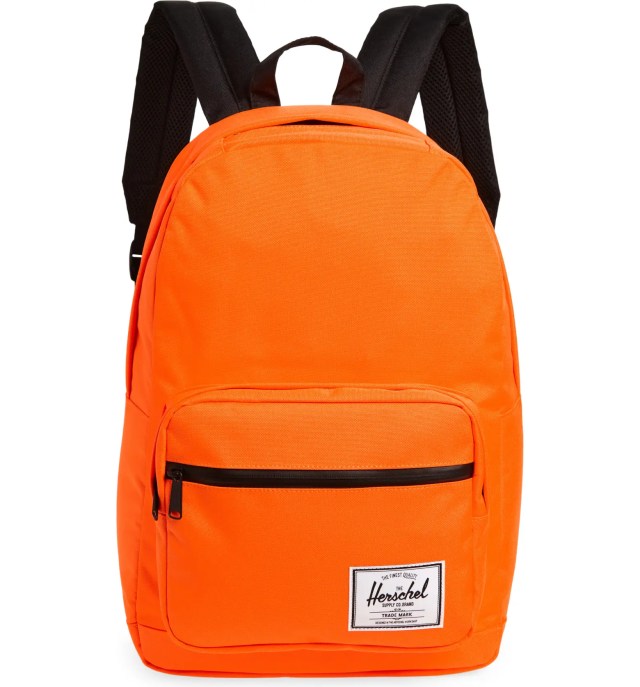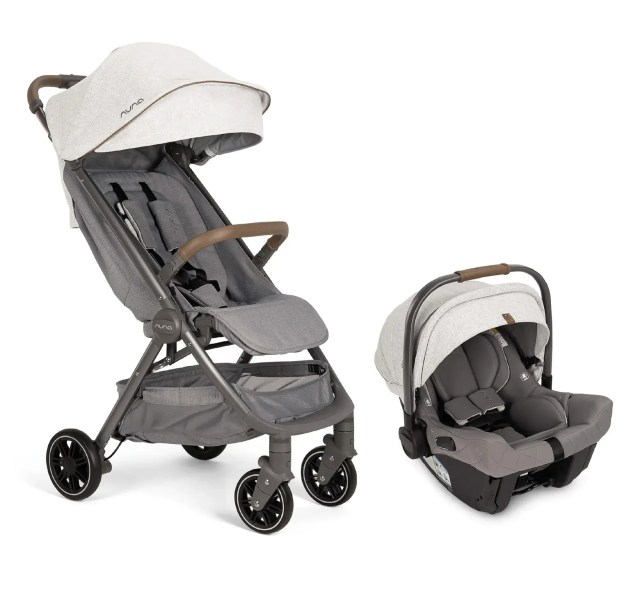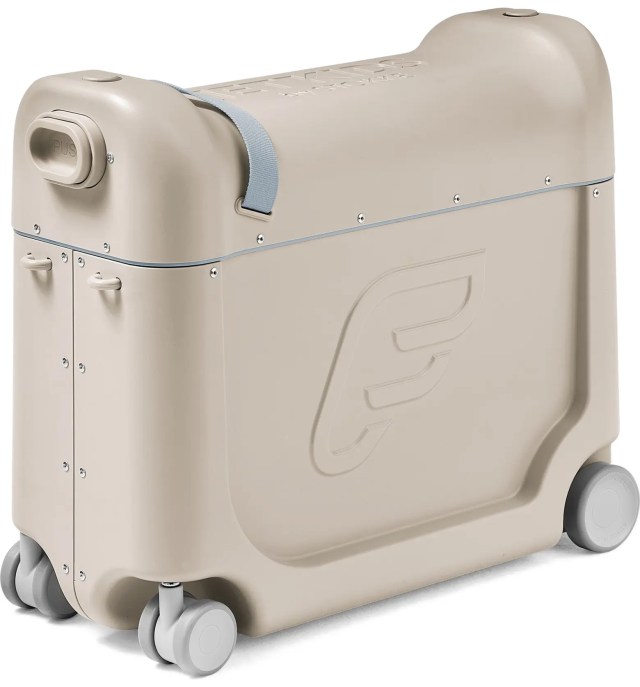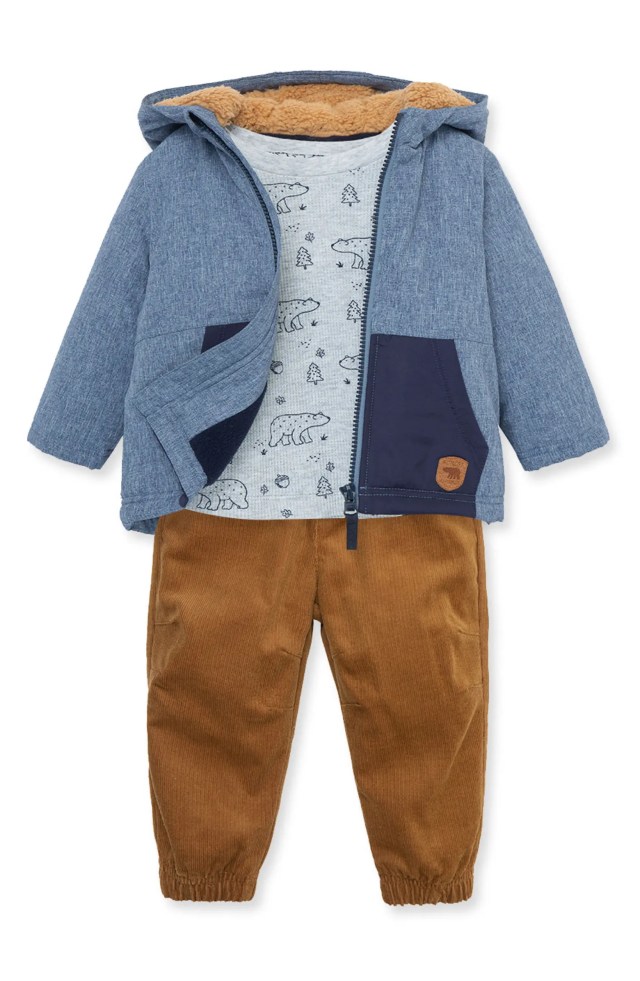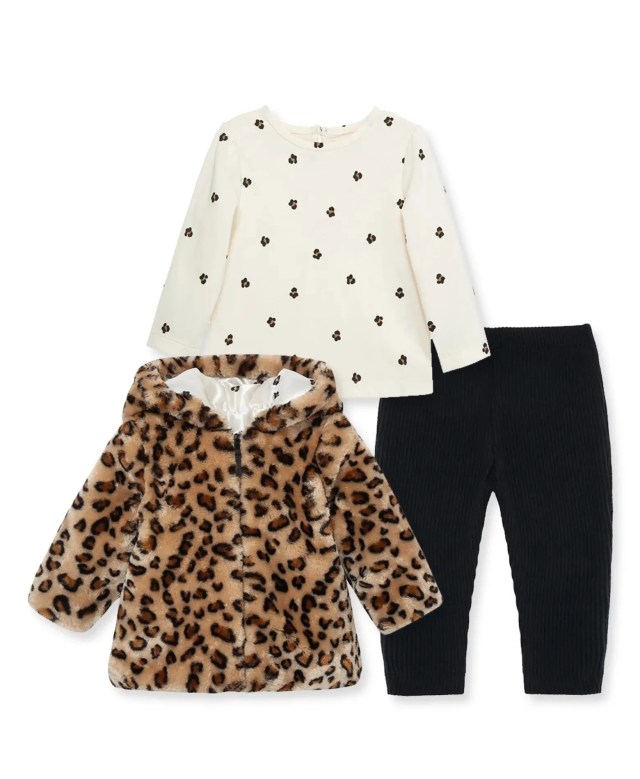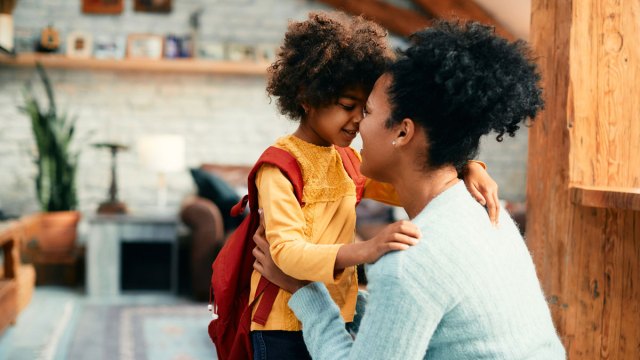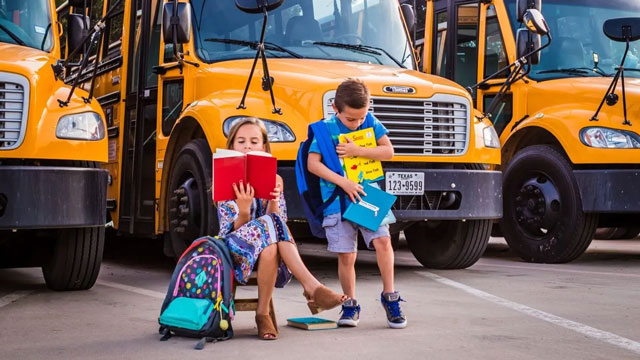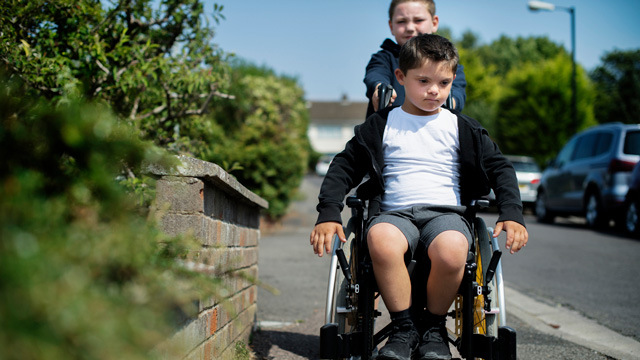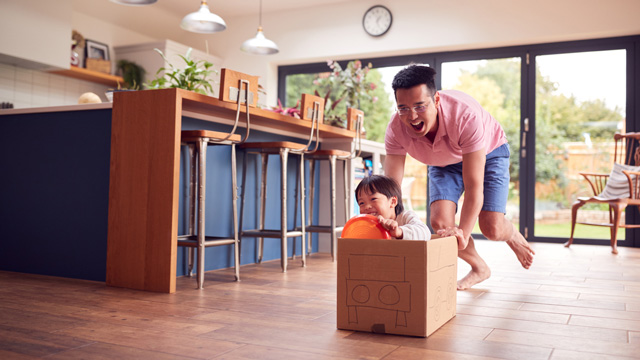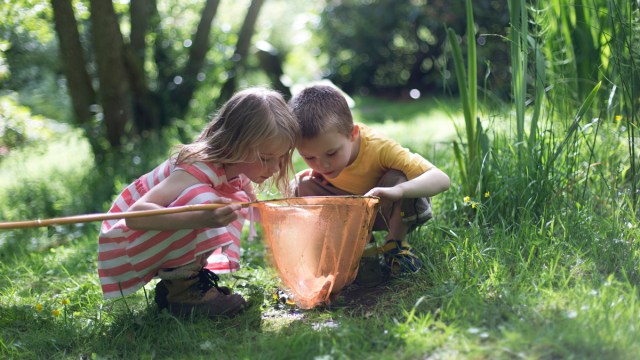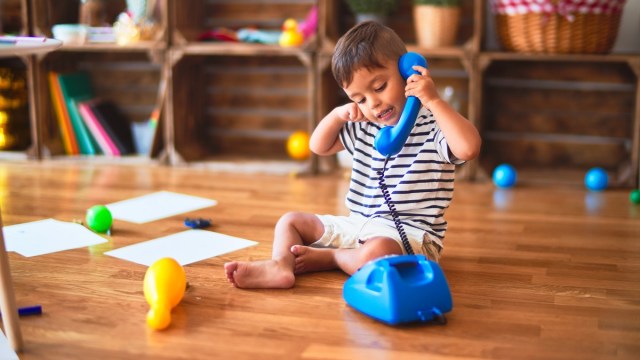Guess what? They can tell when your kid has had too much screen time
From excitement to anxiety to sighs of relief, going back to school this year looks a little different for everyone. But, according to a survey by Learning Resources, more than ever, one of the most important things is active parent involvement. In order to get an idea of what that really means, we talked to school teachers across the country (many of whom are parents themselves) and gathered up their best back-to-school tips for parents to succeed throughout the school year.
Back-to-School Tips for Parents About Attitude
Almost every teacher we talked to said something along these lines:
“Your children take on your attitudes, BE POSITIVE!” —Michele Jenkins, Fernley Elementary School 1st-grade teacher, Nevada
“School is fun! Remind your kids to be creative and take risks.”—Anonymous
“It’s okay to cry on that first day, it can be emotional for parents, but try and wait until your kiddo gets to the classroom before you burst into tears.”—Anonymous
Related: 16 Things Parents Don’t Need to Worry About (According to Teachers)
Back-to-School Tips on How to Dress for Success

Consider these ideas when finishing up your back-to-school shopping.
“Label everything!”—Anonymous kindergarten teacher
“Dress them for the weather because we're going OUTSIDE!”—Teacher Tom
“Be aware, those cute shoes they get WILL get dirty while doing PE. Don’t tell them they can’t run in shoes you buy them for school use. They will run at school. Don’t punish them for dirty shoes; shoes get dirty when worn properly. Also, close-toed, non-dress shoes (athletic shoes) have the best support, so please make sure they wear a pair any time they have a day that includes recess or PE.” —Anonymous PE teacher
“If they come in tie shoes, they should know how to tie them themselves, or else come in velcro.”—Erin S.
“If you live in a climate with cold winters, get your kids used to taking on and off snow clothes, boots, etc., so they have a routine for doing so before winter and the end of the day. Practice on the weekend as cooler weather arrives and make a game of it by timing each child to see who can get cold-proofed fastest.”—Anonymous
Tips for the Early Morning Routine

Not surprisingly, a lot of teachers spoke about the importance of eating a healthy breakfast, being on time for school, and getting a decent night’s sleep. Here are a few other helpful tips:
“Don’t delay drop off for little ones. Give a big hug and kiss and get out the door. Lingering only leads to upset kids.”—Early elementary teacher
“For an easier beginning to the year, start routines like going to bed and waking up on time before school starts again, not the day of.”—Jared H.
And Brad B agrees: “Get their bedtime routine back in order before school starts. Lack of sleep affects so many things beyond drowsiness or lack of attention. I personally think it undermines our confidence."
“Go to the bathroom at home before school!”—Anonymous
“Routine in the morning is important to start the day positively. Pick out clothes the night before (or even the whole week before and put in boxes for each day if you have a diva girl like mine!).”—Anonymous
Teacher Tips for School Supplies

School supplies don’t just mean what you need for your own child. Consider what a classroom needs and grab an extra item or two when you can afford it. Don’t forget tissue during the winter cold and flu season!
“Small tokens of appreciation throughout the year are a real pick-me-up! A pad of post-it notes, sharpies….teachers are easy to please, and it’s nice to let them know you notice their hard work. Also, read the weekly newsletter...please!” —Early elementary teacher, TX
“If there are specific things on the supply list (like particular brands), I promise the teacher isn’t trying to be difficult. They’ve probably learned from experience that that particular type works the best or lasts the longest.” —Nicole D., middle school math
“As teachers, we spend a great deal of our own money on supplies to make our classrooms a more creative learning environment for your child. So please, believe me when I say that every little bit helps our classroom; an extra ream of paper, a container of disinfecting wipes, paper towels, etc. It means so much, and I promise they will be put to good use.”—Holly R., autism teacher
“Make it a habit of asking a teacher if they need anything for the classroom or upcoming projects or holidays. Most teachers will be happy to give you a few inexpensive items they need that you could pick up at the grocery store.”—Anonymous
Related: 15 Cool Backpacks for Kids to Help Organize Their School Gear
Back-to-School Tips About Communication

When it comes to communicating with your teacher, whether it’s messaging during the day or at parent-teacher conferences, or even a requested meeting, consider these factors from a teacher’s point of view. One overarching theme? Teachers know and love your children, too!
“Parents, teacher, and students are all on the same team–parents need to be open to communication and should be open with teachers about student needs.”—Tori R., teacher
“Remember that teachers see your children in a totally different environment with a totally different set of kids at a totally different time than you do on a normal basis. It should be expected that we see behaviors, attitudes, and reactions that are different than what we have come to know. Be open to learning about your child in a unique setting to understand them better.”—Anonymous
“Please be on time for meetings. Our time is very limited.” —Janel M., middle school teacher
“Please don’t expect an email response within the hour. We are teaching 90 percent of the day and often have meetings to attend during our conference period and/or after school.” —Kristi W., elementary teacher
“If there is a conflict at school, notify the teacher. Listen to what your child has to say and encourage him/her to tell an adult at school. Do not bash the other student in front of your child. So many times, this is just a misunderstanding that has been blown out of proportion. Little ones learn how to problem solve with their peers and hearing their parents becoming angry and calling names shows them that that is the right way, which we know it is not. Listen to the details and then call the teacher!” —Anonymous
“Meet the Teacher night (before school starts) is NOT the appropriate time to verbally tell the teacher your child’s specific needs. ... put it in writing (an email is great). So much is going on that the teacher may not remember what you told her or even who your child is yet. You might introduce yourself and let them know to look for an email from you.” —Kristi W., elementary teacher
“Teachers spend a LOT of time on communication mediums and may only have 30 minutes of prep time during the day…so read/reread ALL the emails, updates and directions before you email/call the teacher (resourcefulness and responsibility — this is what we’re trying to teach your kids, too.).” —Katie, teacher and mom
“We are here to help your child. We want the best for them just as you do. Please give us the benefit of the doubt and the respect we deserve. We are not out to get your child. We aren’t telling you things because we are mean. We are telling you the truth about your child in the classroom. And no, they may not act like that at home, but they may act differently in a classroom setting. Believe us. Help us.” —Anonymous PreK teacher
“Be sure to check in on your child’s well-being socially, emotionally, and academically and ask for help if needed!” —Tiffiny Peterson, American Heritage Charter School 2nd-grade teacher, Idaho
Related: 25 Easy First-Day-of-School Picture Ideas
Tips for Parents About Homework

Every parent wants their kids to do well in school, and pretty much every child will groan about homework at some point. Here are some ideas for helping kids stay on track and keep up the good work.
“Set aside time daily during the first month of school to help your child unpack/pack their backpack, go over assignments, organize supplies and binders, and chat about school. This helps you both ease in and allows your student to share concerns with you organically and as they arise.” —Anonymous 7th & 8th-grade teacher
“Sleep. They are better students with a solid night of sleep as opposed to those who stayed up all night studying.” —Kathleen, teacher
“The grade is never as important as the effort behind it.”—Katy D., teacher, and mom
“Teach your students to advocate for themselves... to ask for help and to pursue it until they receive it and understand the concept with which they are struggling. A helicopter parent can never be as effective as a student who is determined to learn and knows how to make it happen, regardless of their level of intelligence.” —Jeremy H., veteran elementary and middle school teacher
“Read, read, read to your child! Be sure to talk about the book. Ask questions about the characters and the problems they face, your child’s favorite part, etc. If your child is bilingual or learning English, reading to your child in your native language will not interfere with learning English in school, but will actually help develop their background knowledge and vocabulary acquisition in both languages!” —Anonymous
“Please limit screen time and take your kids either outside to play or engage with them in a board game, puzzle, helping with homework, having them help with dinner/dishes/ANYTHING! So many young kids I teach are turning into little zombies because they come home from school and just sit in front of video games. And remember, your child is NEVER too old to be read aloud to.” —Anonymous
“Even if you don’t agree with the common core or the amount of homework, you want your child to respect his/her teachers and the expectations.” —Anonymous
Advice About Volunteering
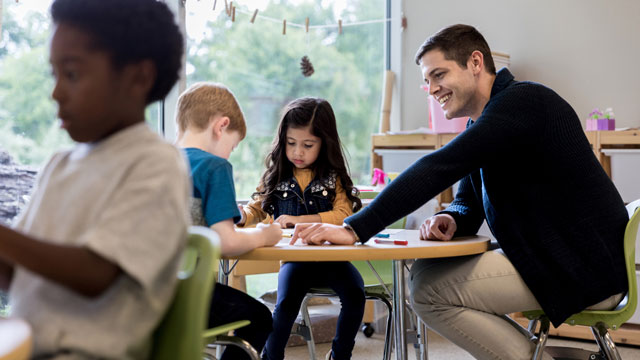
You might not be able to make every function or volunteer a ton of classroom hours, but just being there for your kids makes a big difference.
“For many working parents, daytime events at the school or volunteering isn’t always an option, we get that, but even just one event per school year makes a lasting memory and positive reinforcement for your child. We provide a calendar at the beginning of each school year so parents can plan ahead.” —Anonymous
“Read and play games with your kiddos! There is nothing a teacher can do that takes the place of family time!” —Tess Brist, Marion School 3rd-grade teacher, Montana
"You don’t have to be perfect. Just show up."—Anonymous
Gentle Reminders: Teachers Are Humans, Too

Don’t forget that teachers, while they are modern-day superheroes in many ways, are also human with families of their own!
“I spend seven hours teaching 125 students each day for 9 months, each year. Please don’t judge me if we meet at the grocery store and I totally space on your and your child’s names.”—Betty R., 7th-grade science teacher
“Remember that the teacher can have 30 other children—be patient and start a positive relationship from the start.”—Tori R.
“Many teachers are parents as well. Please don’t think I am ignoring your 6 p.m. email because I don’t respond within an hour. I am spending time with my own child.” —Anonymous
Related: 4 Things Teachers Don’t Want to Hear About Your Kid (& 3 They Do)






